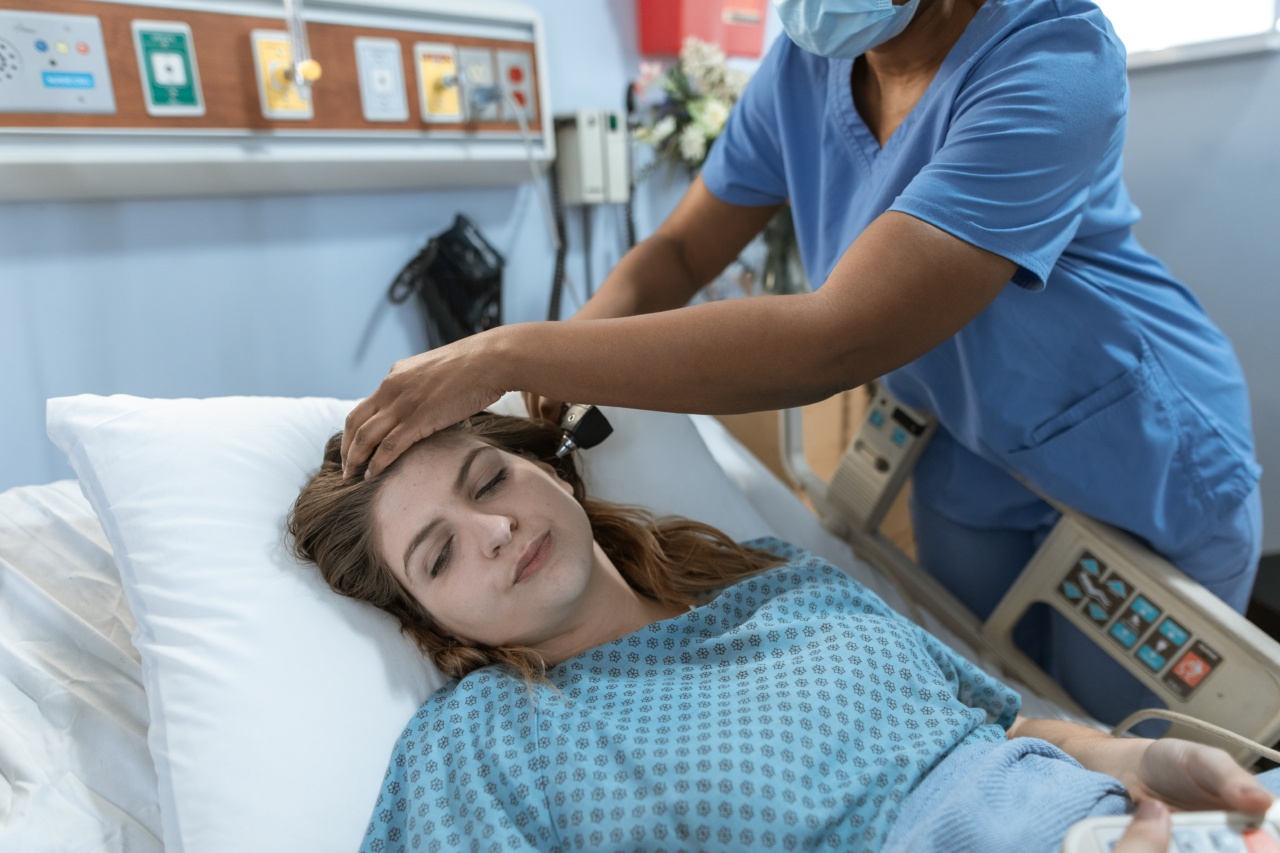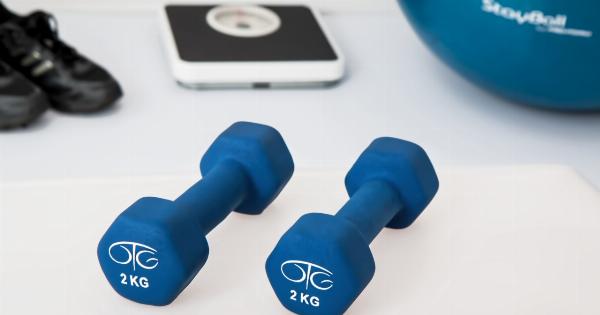Rehabilitation programs are crucial in the recovery process for individuals who have undergone serious medical conditions, injuries or surgeries.
These programs aim to restore physical strength, reduce pain, improve mobility and flexibility, and help patients regain their independence in their daily life activities. With the help of a well-structured rehabilitation program, patients can significantly shorten their recovery time and reduce their risk of suffering from long-term complications.
However, the effectiveness of a rehabilitation program depends greatly on the quality of care and support provided by the healthcare professionals as well as the commitment and active participation of the patients.
The Importance of Rehabilitation Program
Rehabilitation programs provide a variety of benefits for patients, as they offer a comprehensive and personalized approach to address the specific needs and goals of each patient. Some of the key benefits of rehabilitation program include:.
1. Restoring Physical Strength
Many medical conditions, injuries or surgeries can cause patients to experience loss of muscle strength and function.
Rehabilitation programs include exercises and physical therapies that can help patients regain their strength, which can improve their overall health and quality of life.
2. Pain Management
Rehabilitation programs also focus on managing pain, which can be a significant barrier to recovery.
By using non-invasive techniques such as massage, heat therapy, and stretching, patients can reduce their reliance on medication and improve their pain tolerance, which can hasten their recovery time.
3. Improved Mobility and Flexibility
Exercise and physical therapies in rehabilitation programs can help patients improve their mobility and flexibility.
Patients who have suffered from injuries or surgeries often experience limited range of motion, which can be improved through stretching, strengthening, and conditioning exercises.
4. Restoring Independence
Rehabilitation programs aim to help patients regain their independence in their daily life activities. This can include tasks such as dressing, bathing, and cooking.
The goal is to help patients develop the skills and confidence they need to function independently, which can improve their quality of life and reduce their reliance on caregivers.
5. Preventing Long-Term Complications
Proper post-operative care and rehabilitation can help prevent long-term complications associated with surgeries. For example, patients who undergo joint replacement surgery are at risk of developing blood clots or infection.
Rehabilitation programs can help prevent these complications and reduce the risk of readmission to the hospital.
Components of a Successful Rehabilitation Program
A successful rehabilitation program is composed of several components that work together to provide patients with the care and support they need to achieve their recovery goals. Some of the key components of a successful rehabilitation program include:.
1. Customized Treatment Plans
Each patient has unique needs and goals, which is why rehabilitation programs need to be personalized to the individual.
Healthcare professionals should conduct a thorough assessment of the patient’s physical abilities and limitations, medical history, and lifestyle to create a customized treatment plan that addresses the patient’s specific needs.
2. Experienced Healthcare Professionals
A successful rehabilitation program requires the expertise of healthcare professionals who are experienced in their field.
These professionals should have a deep understanding of the patient’s medical condition or injury and the necessary treatment approaches to address their specific needs. They should also be skilled in providing emotional support and motivation to patients throughout their recovery journey.
3. Advanced Rehabilitation Techniques and Equipment
Rehabilitation programs should utilize the latest rehabilitation techniques and equipment to help patients achieve faster and more effective results.
This includes the use of specialized equipment such as treadmills, stationary bikes, and weights, as well as advanced techniques such as ultrasound therapy and electrical stimulation.
4. Patient Education and Support
Patient education and support are key components of a successful rehabilitation program. Patients should be educated about their medical condition, the treatment approaches, and how to manage their symptoms outside of the rehabilitation program.
Support groups and counseling services can also provide patients with the emotional support they need to overcome the challenges of their recovery journey.
Conclusion
Rehabilitation programs offer numerous benefits for individuals who have suffered from medical conditions, injuries or surgeries.
By restoring physical strength, managing pain, improving mobility and flexibility, and helping patients regain independence in their daily life activities, rehabilitation programs can significantly shorten the recovery time and reduce the risk of long-term complications. A successful rehabilitation program should be personalized, conducted by experienced healthcare professionals, utilize advanced rehabilitation techniques, and provide patient education and support to achieve the best results.






























